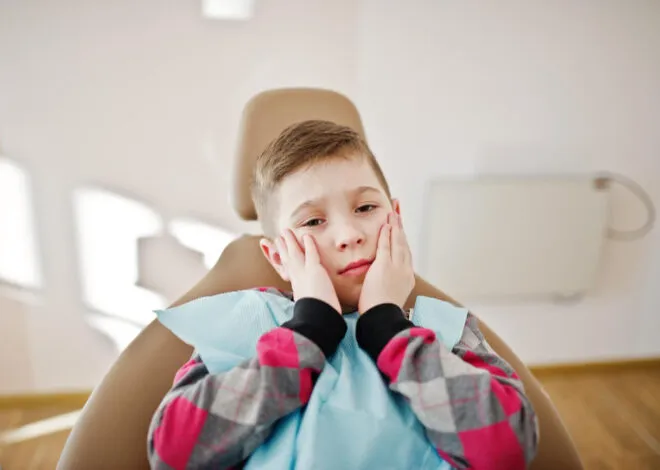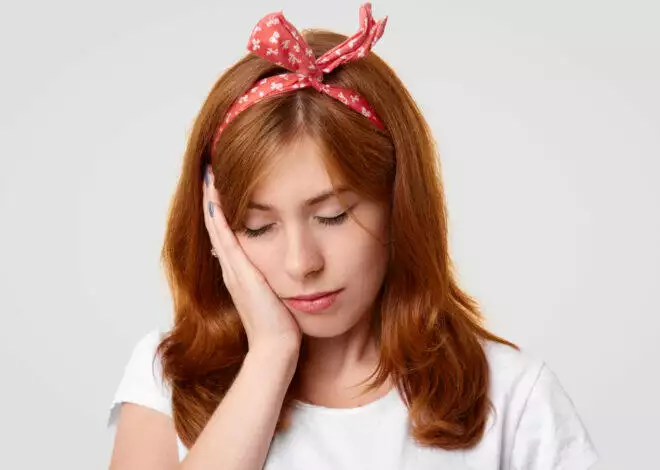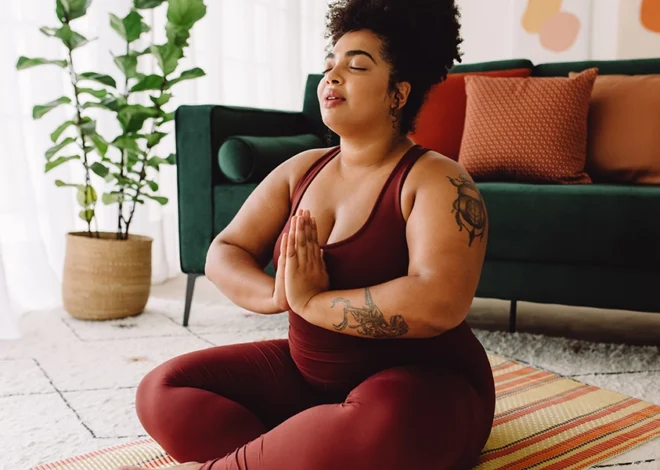The Best Light Therapy
Light therapy is used to treat seasonal affective disorder (SAD). Seasonal affective disorder affects many people, causing depression, lethargy, anxiety and a difficulty processing information, according to the Mayo Clinic. SAD is treated with a combination of light therapy, medication and psychotherapy. Light therapy “boxes” can be purchased for home use to treat your symptoms, with the support of your therapist.
Function
A light therapy box gives off intense light that mimics natural outdoor light. Light therapy suppresses melatonin and helps to reset the body’s circadian rhythms. These changes can treat SAD, improving a variety of symptoms. Light therapy boxes may also be used to treat other types of depression, sleep disorders and premenstrual dysphoric disorder, according to the Mayo Clinic.
Types
The type of light provided by a light box is different than that found in normal household lighting or outdoor light. According to Columbia University, photo therapy relies upon light levels that are five to 20 times brighter than normal room light. The light therapy box consists of a number of fluorescent bulbs behind a diffusing screen.
Features
The fluorescent light in a light therapy box is a full spectrum light, providing an experience similar to, but stronger than, outdoor sunlight. Cool white, triphosphor and bi-axial photo therapy devices are also available and equally effective. Ultraviolet (UV) filters are included in the diffusing screen, but some individuals may need more effective filtering or sunscreen.
Time Frame
Photo therapy is simple. The light box is set up near a desk or table, and the user will spend some time early each morning sitting at the table. While he should sit facing the light, there is no need to look at it; normal desk work-type activities, like reading and writing can continue. A stronger photo therapy box will allow a shorter light therapy session. Typically, therapy sessions range from 15 minutes to 3 hours, according to Columbia University.
Benefits
According to the Mayo Clinic, light therapy is not approved by the Food and Drug Administration, but it is a respected treatment option. Your doctor or therapist can help to recommend a photo therapy device and regimen that suits your needs. For the most significant benefits, be consistent with your treatment plan and make time for light therapy daily. Seek out other therapies, including medication, if appropriate.




